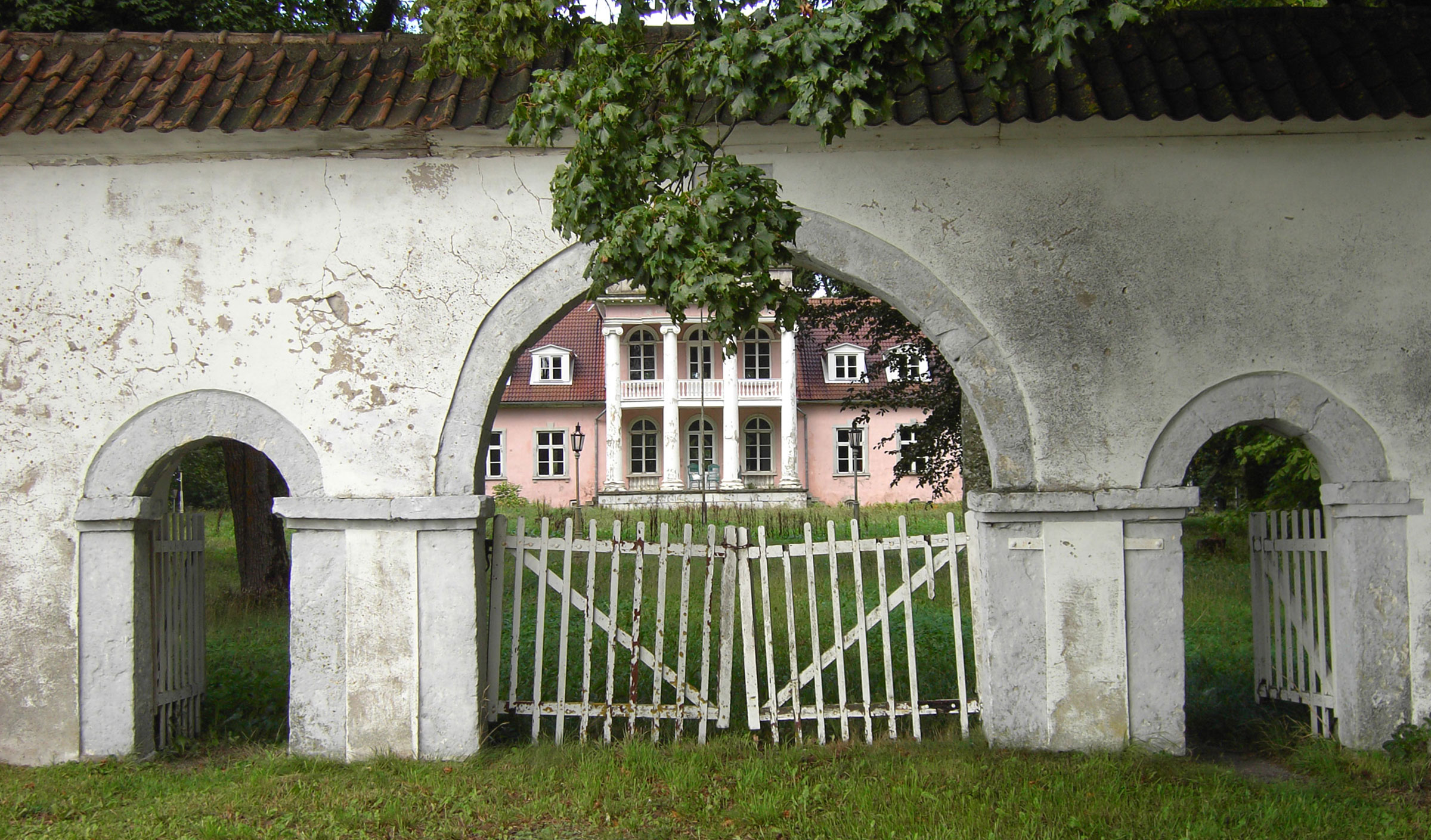The Research Centre for Manors in the Baltic Sea Region at the University of Greifswald studies the architecture, history and cultural heritage of manor houses built since around 1500. The post-medieval palaces and mansions have been a central part of the historical and artistic landscapes of the Baltic Sea Region up to the present day. Today, ten countries – Germany, Poland, the Russian regions of Kaliningrad, Ingria and Karelia, Lithuania, Latvia, Estonia, Finland, Sweden, Denmark and parts of Norway – belong to it. All in all, there are about 10,000 manor houses in the entire Baltic Sea Region. As testimonies to the architecture of power, art and culture, they are important monuments, also in their specific history of construction. But while the manor houses in the Baltic Sea Region have long been regarded as a national building type with a special regional affiliation, the awareness of the historical context of a common cultural landscape is only recently becoming more and more obvious: The history of manor houses is also the history of the Baltic Sea Region. Their significance goes far beyond national borders. They have not only shaped the landscape, but also agriculture, and they have been important anchor points in cultural contacts and relations across and beyond the Baltic Sea.
Find out more about the Research Centre for Manors in the Baltic Sea Region.

